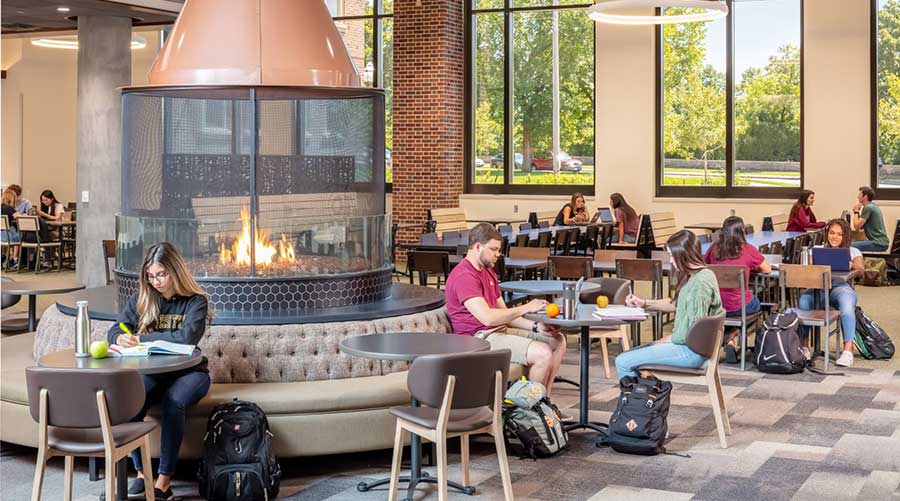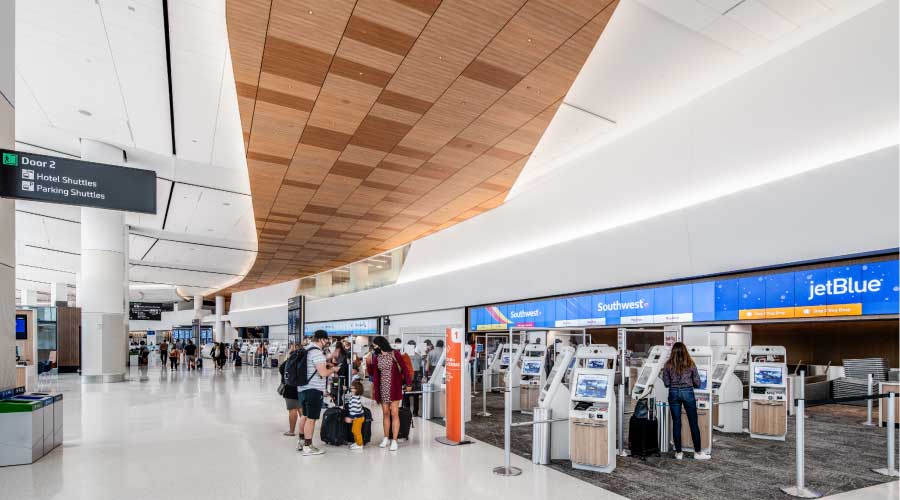Determining Damages in Green Building Lawsuits
Whether or not a designer will only guarantee its fees, owners should also try to avoid what's known as a liquidated damage provision, says Monica Sloboda, an associate in the real estate group of law firm Morgan Miller Blair. A liquidated damage provision limits what an owner could sue for to exactly what the contract says in the case of breach of contract or negligence.
"It's inappropriate to have a liquidated damage provision if you can't immediately assess what damages would be," says Sloboda.
And this opens up another section of the green legal arena with more questions than answers. What damages can be claimed in the case of breach of contract or negligence if a specific green building result is not achieved? There are two types of damages: consequential and direct. In general construction litigation, a direct damage would be the cost to replace a ceiling beam installed incorrectly. The consequential damages are the cost in lost rent if a tenant had to wait several weeks to move in because of the repairs.
For some aspects of green building law, consequential damages are a little tougher to define. "What's consequential in a green building case?" says Del Percio. "Because we don't know for certain, owners will rarely want to give up their ability to give up consequential damages."
Predicting Damages
An example of the difficulty in determining consequential damages: A designer specifies technologies or equipment that is more expensive than traditional equipment with the goal of getting a LEED certification. However, for whatever reason, LEED certification is not achieved. Would the cost difference between the traditional strategies and the green ones be considered consequential damages, or is the owner just out that extra cost?
Here's another example: Do LEED certified buildings command higher rents than non-LEED certified buildings? If a lawyer can prove that they do, an owner could possibly win consequential damages of the difference in rent. Again, this hasn't been tried, but many experts suggest that it's only a matter of time before cases such as these hit the docket.
In fact, many experts suggest that we're near the end of the long calm before the storm, and that the long-expected wave of green building legal action is nigh. Because the construction market is so lean right now, owners definitely have more leverage to ask for contract provisions they may not normally have been able to get, says Cheatham. Beyond that, he says, owners have simply become smarter about what to ask for in regards to green strategies. What's more, companies are learning how to position green building strategies — energy efficiency or greenhouse gas emissions reductions, specifically — as a competitive advantage, and therefore important to profit. "They can point to tangible damages if there's no LEED certification, and litigation becomes increasingly possible," he says.
So while it's been a quiet two years on the docket since Southern Builders v. Shaw Development, indications are that it may not be quiet for long.
When LEED Is the Law
As more and more municipalities, like Washington, D.C., and San Francisco, legislate green buildings with the LEED rating system — even for private buildings — a challenge to LEED's legitimacy as a building code may soon surface, says Vicki Harding, an attorney with Pepper Hamilton, LLP. "LEED isn't well-suited to be a building code," she says.
So what happens in these LEED-mandate municipalities if a building fails to meet the LEED standards and the certificate of occupancy is withheld? Who is liable? It's another question that's yet to be answered. Washington, D.C.'s law mandates that owners pay a performance bond prior to construction. If the building doesn't meet the LEED standards, the bond isn't returned, but the building can still get its certificate of occupancy. But the question remains: Where would the liability lie if responsibility is not specifically spelled out in the contract? Is the owner just out the money for the bond?
And what happens if a building is given a density bonus because the owner agreed to build to green standards, but then the building doesn't meet those standards? "Do you have to take part of the building down?" asks Stephen Del Percio, associate at Arent Fox, LLP and publisher of the Green Real Estate Law Journal.
Those are just a few of the many unanswered questions in municipalities where LEED is the building code. It's worth noting, however, that both the International Code Council (International Green Construction Code) and ASHRAE (Standard 189.1) are hard at work on green building codes written in mandatory language. The ASHRAE standard was released in March 2010, and Version 2.0 of the ICGC was released in November. The final version is expected to be out in 2012.
— Greg Zimmerman |
Related Topics:













